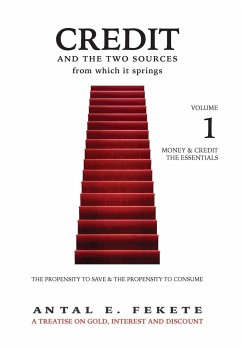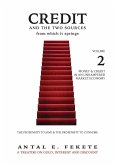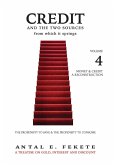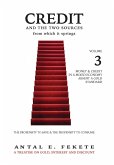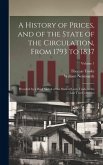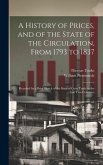Money and Credit - Volume I Austrian economist Prof. Antal Fekete has published his Opus Magnum in 4 volumes or about 900 pages. This first volume in full colour printing, reads the easiest (about the level of Bachelor) but the contents contain the foundations for the three other volumes. His out-of-print earlier works such as the prize-winning essay Whither Gold? has been added as well as the Pillars of Sound Money and Credit told in the form of a tale. His style is erudite - yet clear and concise. Written and presented for people with some university background, but also for younger students and other enterested people, its tone and language is universally understandable. It requires no background in mathematics, jargon nor equations. Bestselling heterodox austrian economist Antal Fekete draws on the background of the austrian economic tradition, yet knowledge of it is no pre-requisite either. But Fekete, being a math professor, denies economics is a field of purely mathematical science. He maintains it always has been and will be a human science. At the end of this volume has been added a small section on 'fractional banking'. Here you encounter some light mathematics and it will not burden the non-mathematicians. On the occasion of this reprint, many endnotes have been added, as well as a bibliography and index. You also may enjoy the tongue-in-cheek glossary. This is Volume I of a never published Treatise on Gold, Interest and Discount and the hitherto undiscovered links between them, necessary for the distributed decision making on interest rates or discount rates. A penetrating study of the inner working of the gold standard. Additionally, it shines some light on social cooperation in a free market that makes for distributed economic wisdom. With an unsurpassed erudition on money, banking and international trade, this is one of the first heterodox books outside of mainstream theory for anyone who wishes to understand how a proper economy functions. After reading this volume, the reader will understand the cause of financial crises and unemployment. We need better theory or the practise such as it was before the crises: that is, under a circulating gold coin standard, compared to our present monetary arrangements. Accessible academic work with bibliography, notes and illustrations in 4 volumes, based on the seminal work of the founder of the Austrian School of Economics Prof. Carl Menger and his important later disciples like Ludwig von Mises and F. Hayek yet without phenomenology or dogmatic liberalism ideology.
Hinweis: Dieser Artikel kann nur an eine deutsche Lieferadresse ausgeliefert werden.
Hinweis: Dieser Artikel kann nur an eine deutsche Lieferadresse ausgeliefert werden.
